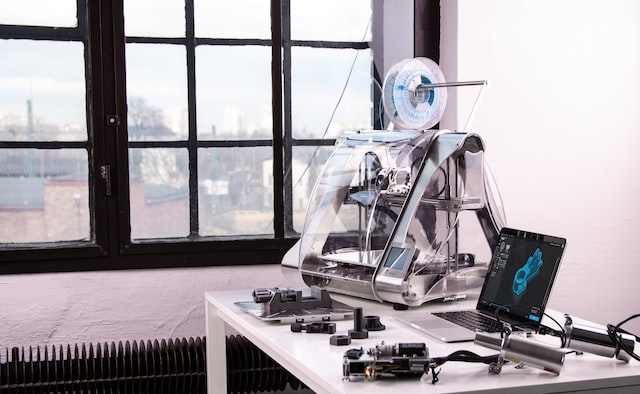Direct to garment (DTG) printing is a popular method of printing high-quality, full-color designs onto fabric. It offers a range of benefits over other printing methods, such as screen printing and heat transfer, including better image quality, faster turnaround times, and the ability to print on-demand. In this article, we’ll explore the basics of DTG printing, how it works, and its advantages and disadvantages.
What is Direct to Garment Printing?
DTG printing is a process of printing designs directly onto fabric using a specialized printer. It is similar to using an inkjet printer, but instead of printing on paper, the printer sprays ink directly onto the fabric. This allows for high-quality, full-color designs with excellent detail and sharpness.
How Does Direct to Garment Printing Work?
DTG printing requires specialized equipment, including a direct to garment printer, a computer, and specialized software. Here’s a step-by-step overview of the process:
- Design Creation: The first step in DTG printing is creating the design using graphic design software, such as Adobe Illustrator or Photoshop. Once the design is ready, it is saved in a compatible file format.
- Pre-Treatment: Before printing, the fabric is pre-treated with a specialized solution that helps the ink bond to the fabric. This is especially important for printing on darker fabrics, where the pre-treatment solution helps to prevent the ink from bleeding.
- Printing: The fabric is loaded into the DTG printer, and the design is printed directly onto the fabric using specialized ink. The printer applies the ink in layers, building up the colors and details of the design.
- Curing: After printing, the fabric is cured using a heat press or other curing equipment. This helps to set the ink and ensure that the design is long-lasting and won’t fade or wash out.
Advantages of Direct to Garment Printing
- High-Quality Prints: DTG printing produces high-quality, full-color prints with excellent detail and sharpness.
- Faster Turnaround Times: DTG printing allows for fast turnaround times, making it ideal for printing on-demand and for small to medium-sized print runs.
- No Minimum Order Requirements: DTG printing allows you to print a single item or small quantities, making it perfect for personalized or customized products.
- Eco-Friendly: DTG printing uses water-based inks that are more eco-friendly than traditional printing methods, which use petroleum-based inks.
Disadvantages of Direct to Garment Printing
- Cost: DTG printing can be more expensive than other printing methods, especially for large print runs.
- Limited Fabric Options: DTG printing works best on 100% cotton or cotton-blend fabrics, so it may not be suitable for all fabric types.
- Pre-Treatment Required: DTG printing requires pre-treatment of the fabric, which can add to the production time and cost.
- Limited Color Options: DTG printing uses CMYK inks, which can limit the range of colors available for printing.
Conclusion
Direct to garment printing is a versatile and high-quality printing method that is ideal for small to medium-sized print runs and on-demand printing. It offers fast turnaround times and the ability to print high-quality, full-color designs with excellent detail and sharpness. However, it may not be suitable for all fabric types, and it can be more expensive than other printing methods for large print runs. Overall, DTG printing is an excellent option for businesses looking to produce high-quality, customized products with fast turnaround times.
